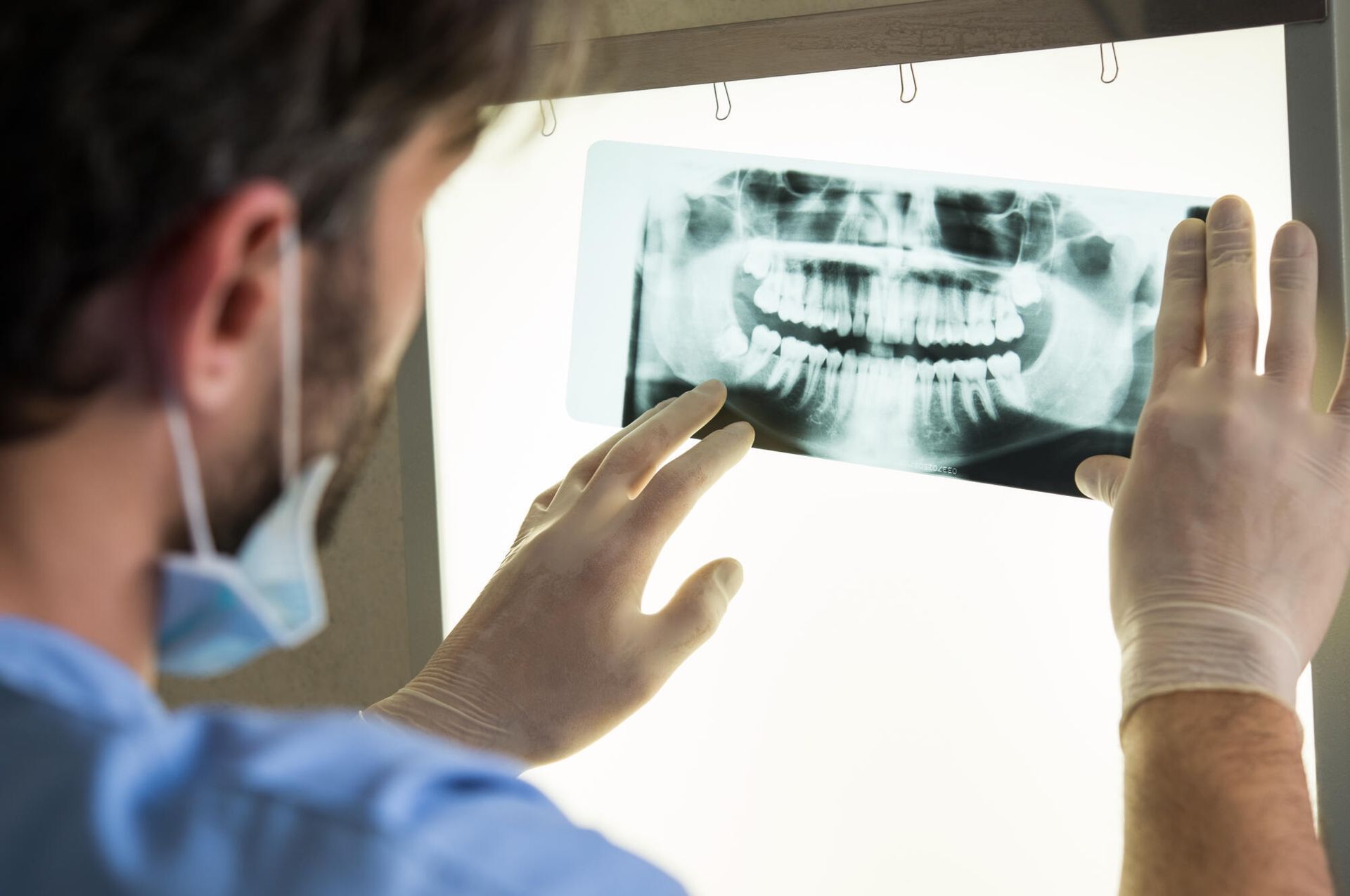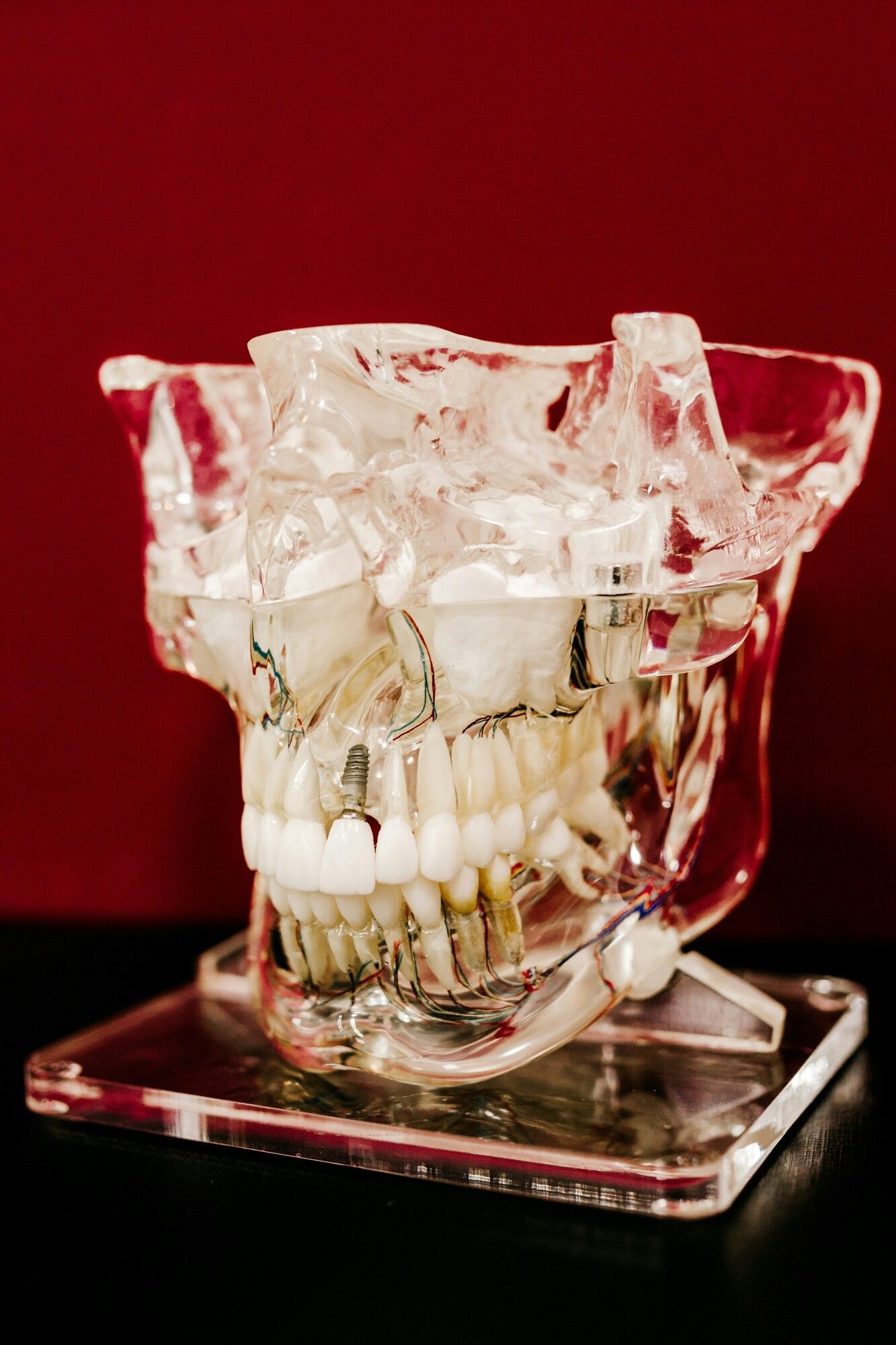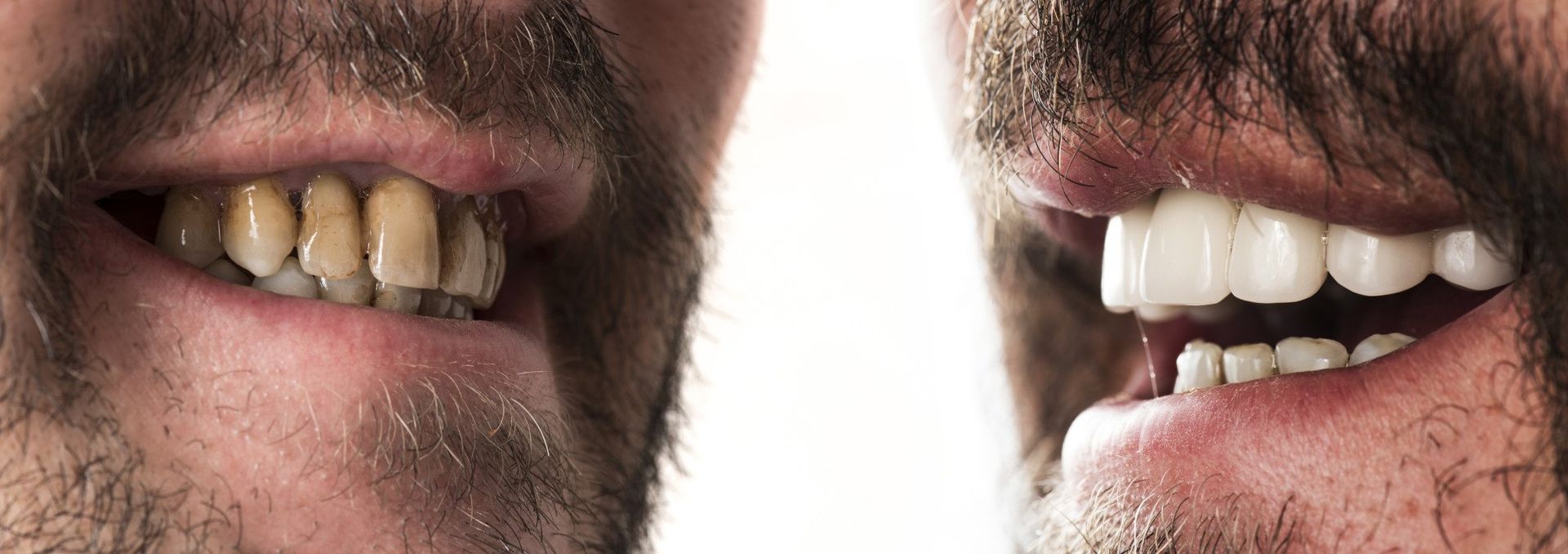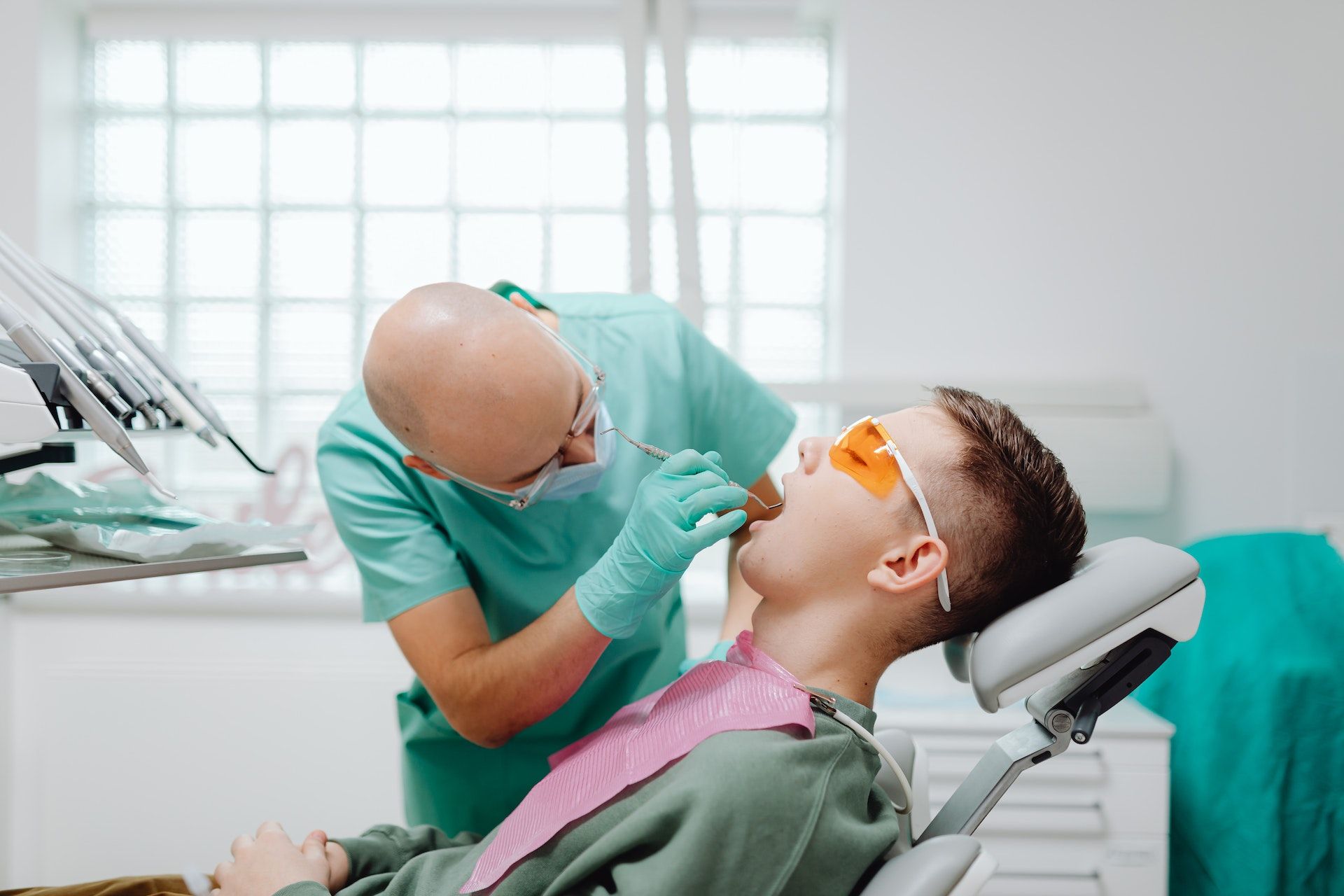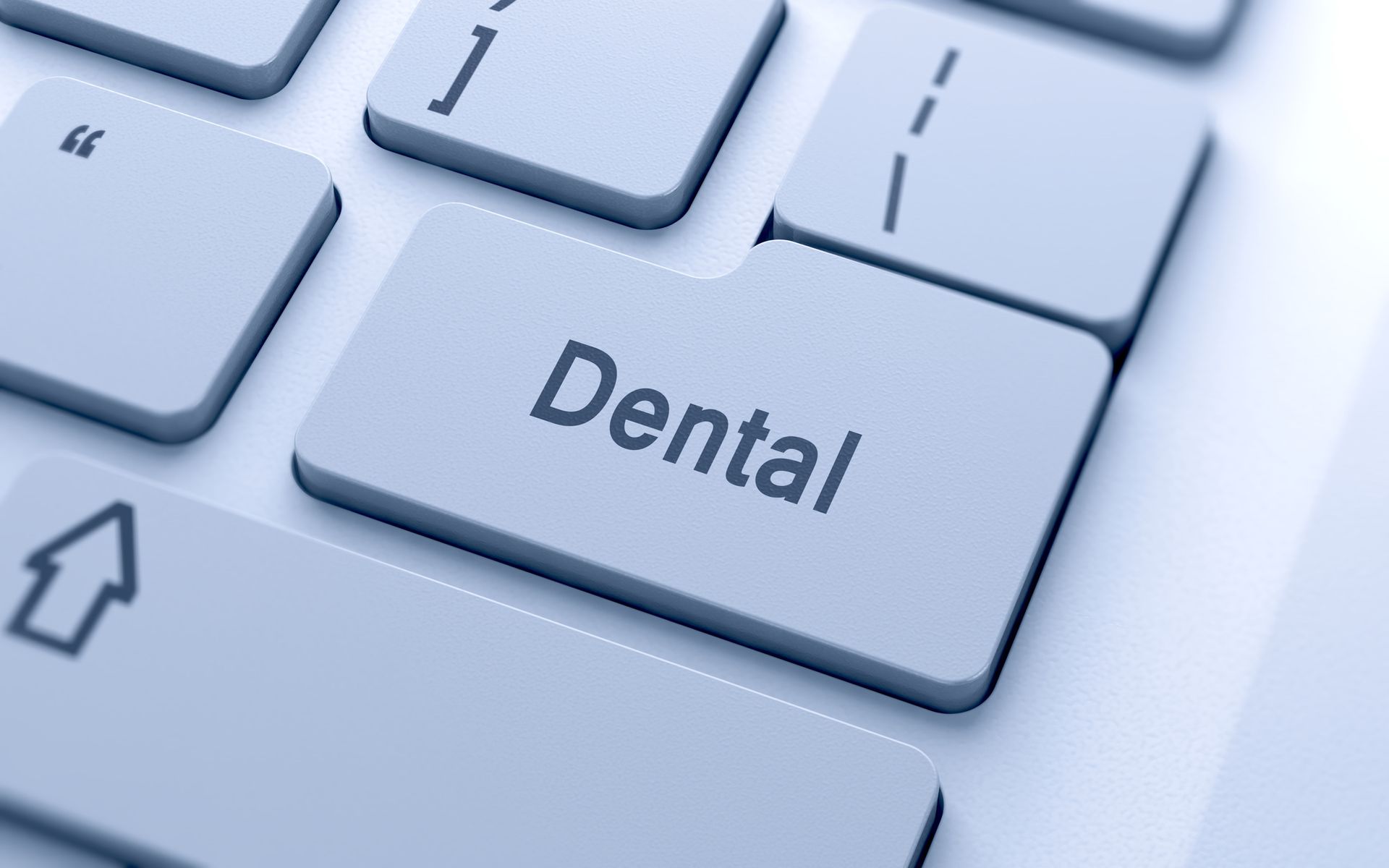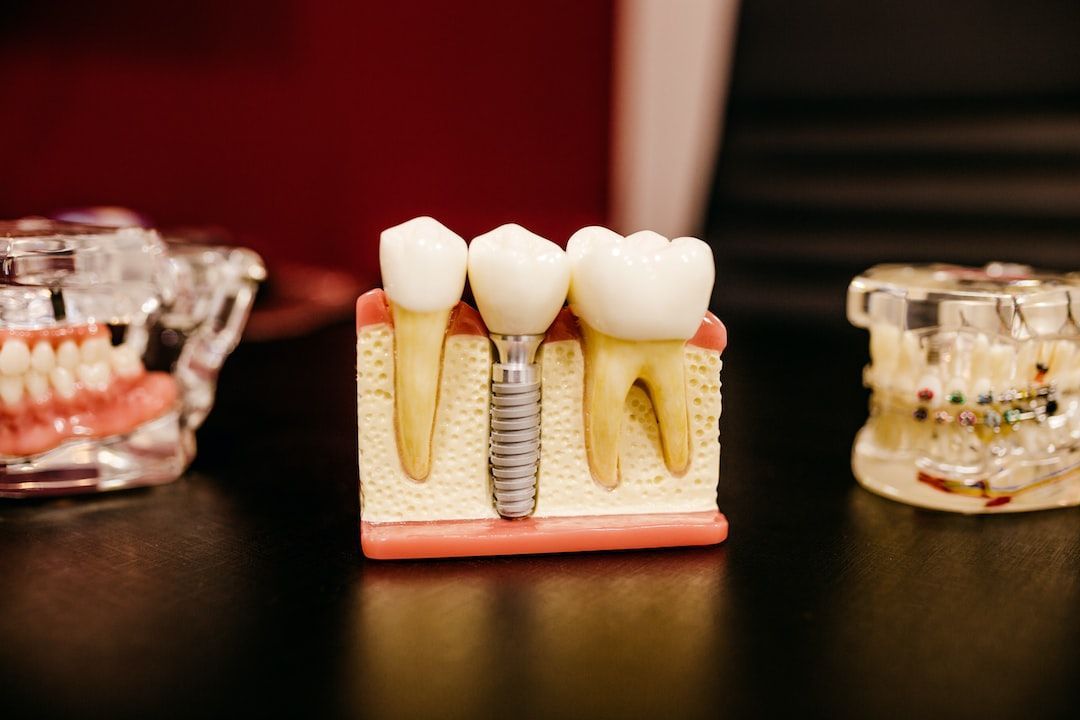West New York, NJ
(201) 865-5150
Teaneck, NJ
(201) 836-4400
How Long Does Pain Last After Crown Lengthening?
Unless you are a dental trivia champion, crown lengthening isn’t familiar to you, probably. But, even though it might be a new term to you, a crown lengthening procedure is relatively a standard procedure. Your dentist may recommend this procedure in case you don’t have enough exposed tooth surface for them to place a bridge or a crown appropriately. If so, you might wonder what crown lengthening is.
The Crown lengthening procedure involves removing bone, gum tissue, or both to expose more of a tooth. It’s done for either therapeutic or cosmetic reasons. We’ve discussed why you may need crown lengthening, its procedure, and how to overcome pain after.
Why Would I Need Crown Lengthening?
If your dentist has examined your teeth and determined that you need a crown, but there’s not enough tooth for the crown, they may suggest you get a crown lengthening procedure. This will help support a tooth bridge or a dental crown. There are several reasons why you may not have enough teeth for a recommended crown lengthening:
- Your tooth might not be strong enough for dental restoration
- You have a tooth broken at the gumline
- A filling or crown has fallen off, and there’s tooth decay underneath
- Your gum line has extended too far along your tooth to receive the treatment it needs.
How to Prepare for the Procedure
If you are interested in crown lengthening, you should see your dentist for a check-up and discuss the procedure’s suitability. It’s important to have healthy gums and good overall health before the surgery. For good support of the health of your teeth and gums, our dentist at Complete Dental Works in West New York recommends:
- You brush your teeth regularly
- Using mouthwash
- To floss at least once a day
- You visit your dentist annually for a comprehensive evaluation
Before the procedure, your periodontist performs a pre-surgical analysis to determine the location of your gum line. Then, they’ll access your gums, teeth, and surrounding structures. This information helps the periodontist decide upon the most appropriate surgical technique.
What Happens During a Crown Lengthening Procedure?
During your crown lengthening in West New York, your periodontist will offer the treatment during an outpatient procedure. This means that you can go home afterward. The process will take depending on the number of teeth needed and if your soft tissue and bone require removal.
If one has a temporary crown on neighboring teeth, their periodontist might get rid of them before the procedure and replace them afterward.
Most people will administer local anesthesia and may also receive a sedative. The periodontist will cut the gums to pull them away from your teeth to expose the bone and roots. In some cases, your periodontist will only remove the gum tissue. They’ll wash the surgical area with salt water before suturing. They suture the gums back together and place a bandage over the area for additional protection.
Your dentist will prescribe pain relievers to help with pain after the local anesthesia wears off. They’ll also advise you on the mouth rinse to help your gums heal.
The Recovery Process
The Crown lengthening procedure takes approximately three months to heal. However, you’ll be able to return to your normal functions as your gums heal. You’ll need to avoid activities that require too much effort for the first two to three days. A heavy lifting, physically demanding job, and exertion can inhibit your healing and cause more bleeding. It would be best if you talked to your dentist about the specifics of your recovery.
How to Overcome Painful Feeling After Crown Lengthening
A dentist near you will advise you to follow these guidelines to help ease pain during the healing process:
Use an ice pack: Use an ice pack on your face for a few hours after the procedure to help reduce swelling. Alternate use of your ice pack following 20 minutes on and off. You may switch to moist heat several days after surgery.
Take OTC or prescription medication: Your dentist will ask you to take Tylenol or ibuprofen regularly. They’ll also prescribe antibiotics for extra-strength painkillers such as acetaminophen-propoxyphene (Darvocet).
Wear your stent or denture: If wearing an upper denture or clear stent was included in the instructions, ensure you wear it for the first 24 hours. If your mouth pools with blood, use lukewarm salt water to rinse it without removing the denture or stent.
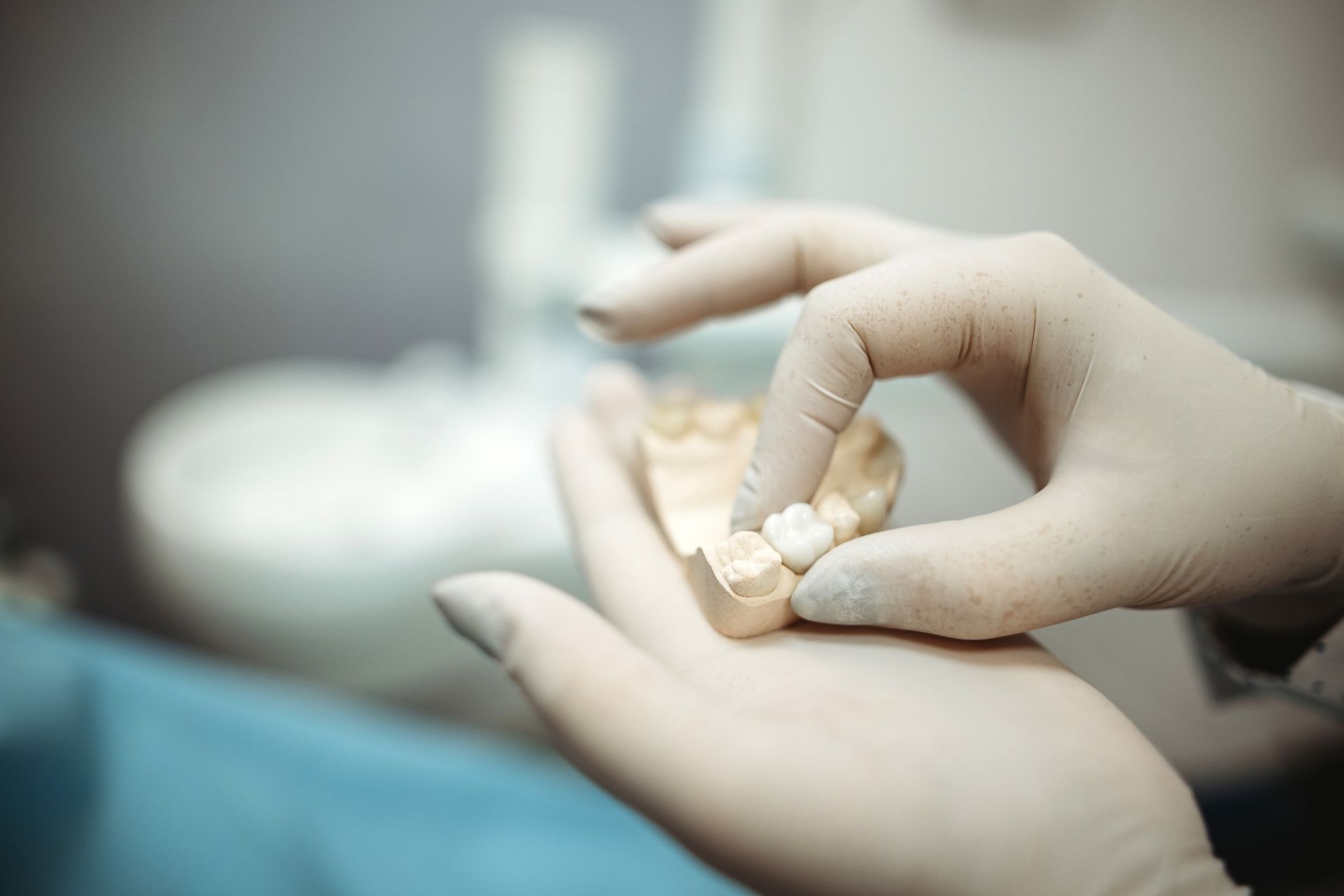
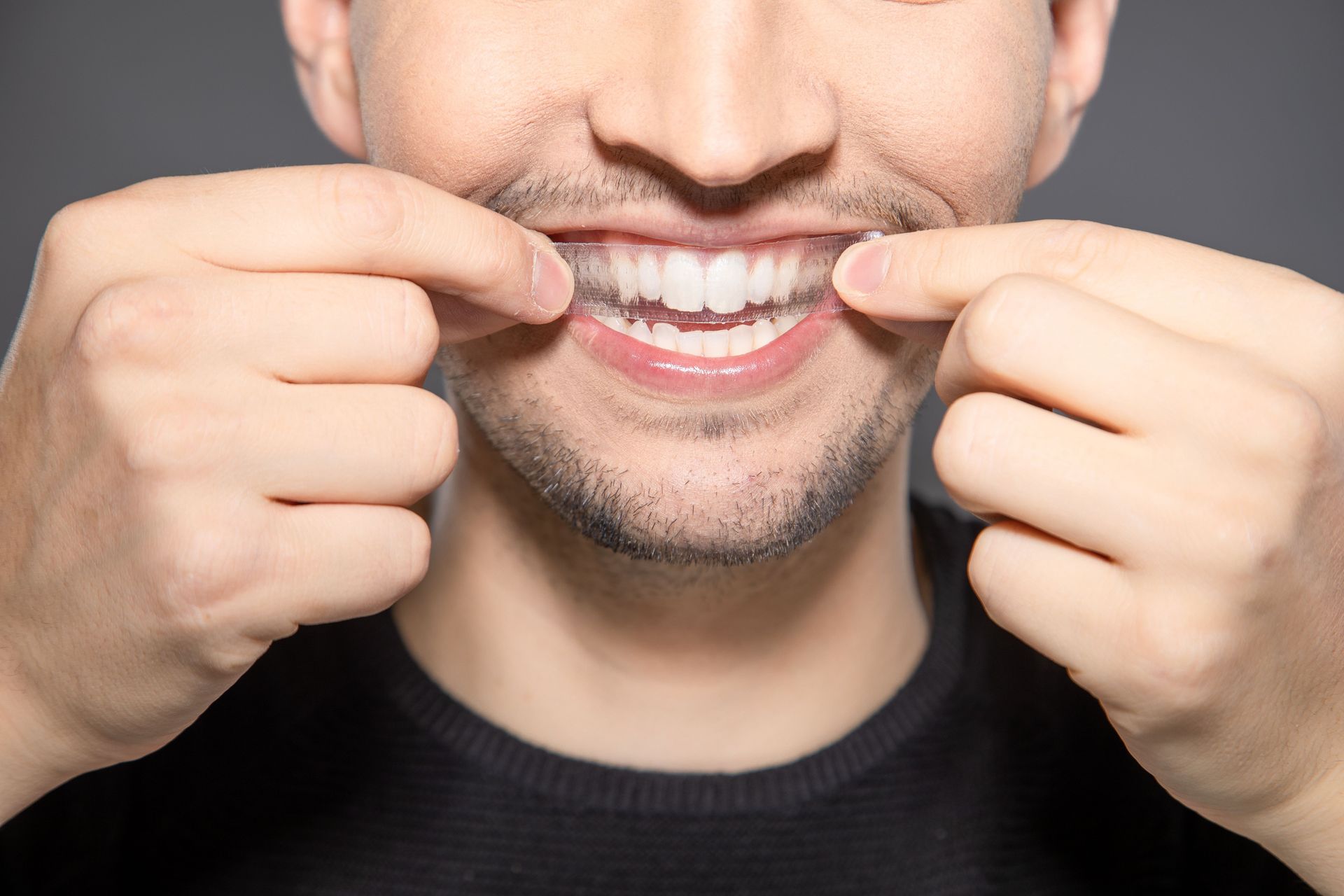
All Rights Reserved | Complete Dental Works
Website designed and maintained by Xpress, INC
201-468-6207



